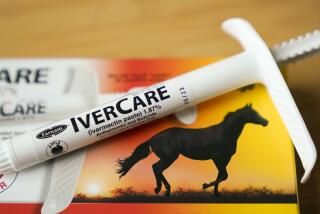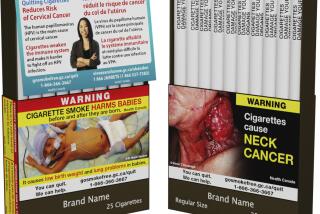The labels on generic drugs
When Congress gave generic drugmakers a shortcut onto the market 30 years ago, it required them to provide the same warnings as the brand-name medicines they were copying. Two recent Supreme Court rulings applied that stricture in an unexpected way: Even if generic drugmakers learned of a new side effect, they could not be expected to warn about it unless and until the brand-name drug did. In response, the Food and Drug Administration has proposed a rule to let generic makers add new warnings unilaterally — and allow them to be sued if they don’t. One problem with the rule, though, is that it runs counter to the law, which still requires uniform labeling.
When drug manufacturers learn about a bad reaction to one of their products, they have to report it to the FDA — within 15 days if it’s serious, less rapidly if it’s not — so the agency can decide whether to change the drug’s warning label. Brand-name drugmakers have the power to add new warnings temporarily while waiting for the FDA to approve a new label, and to alert physicians about the risk. But the FDA had previously barred generic manufacturers from taking such steps, and the Supreme Court held in 2011 and 2013 that injured patients couldn’t sue them for selling unreasonably dangerous products as long as their labels were the same as those on the branded versions.
Fearing that the rulings left generic manufacturers with little incentive to monitor the safety of their products, the FDA has proposed to reverse its stance and allow all drug makers to add temporary warnings without the FDA’s approval. The goal is the right one: to make sure doctors and patients are adequately warned about newly discovered risks as soon as possible.
The agency’s good intentions, however, don’t outweigh the fact that the law doesn’t allow generic drugs’ labels to vary from the brand-name equivalents’. Allowing each manufacturer of a generic drug to alter its label unilaterally would result in supposedly identical drugs carrying different warnings. That’s not only confusing, it would be counterproductive if consumers gravitated away from the generics that carried more daunting — but more up-to-date — warnings.
The FDA is in an awkward position, having relied on manufacturers to take the lead in monitoring drugs after they’re approved. But the agency doesn’t have the authority to rewrite the 1984 law to give generic manufacturers the same labeling responsibilities that brand-name manufacturers have. Besides, only the FDA has access to all the data that the competing manufacturers compile about drug safety. It should take advantage of its unique vantage point and find a way to update the warning labels for all versions of a drug as needed, simultaneously.
More to Read
A cure for the common opinion
Get thought-provoking perspectives with our weekly newsletter.
You may occasionally receive promotional content from the Los Angeles Times.










